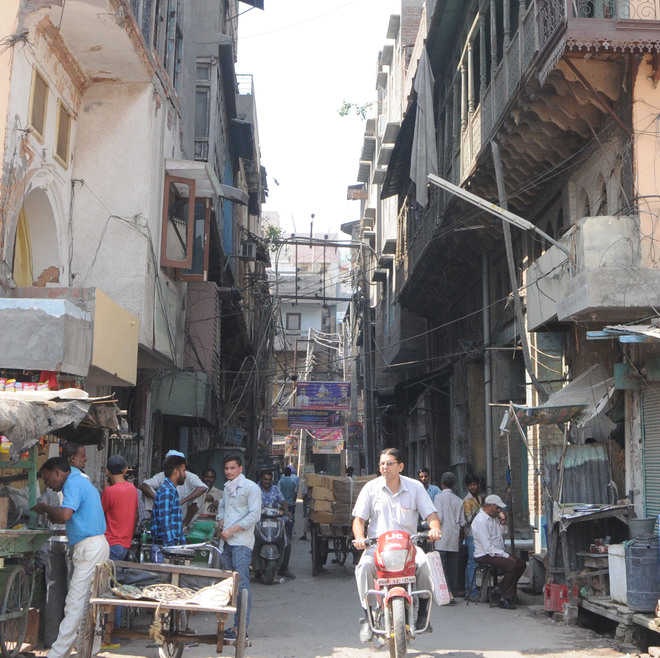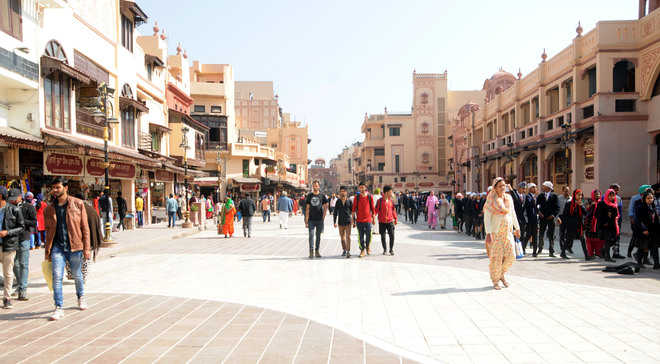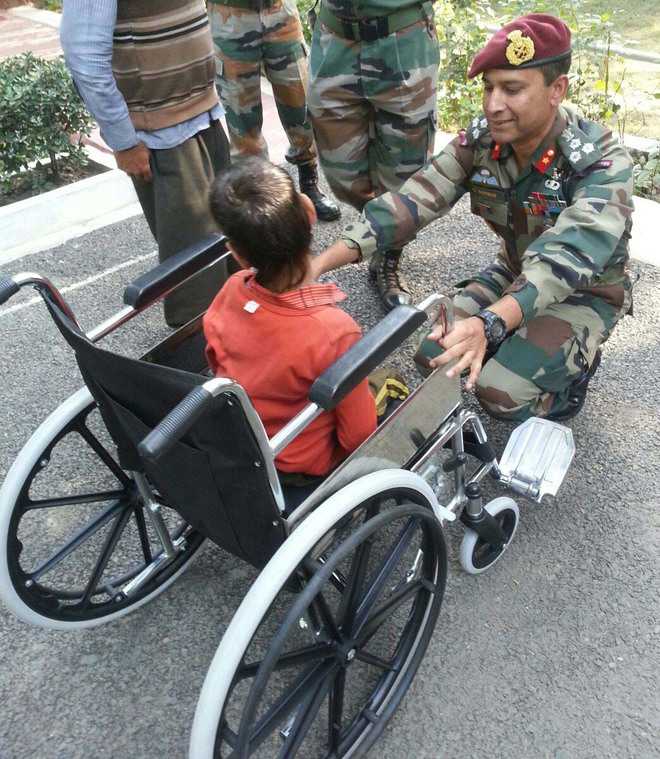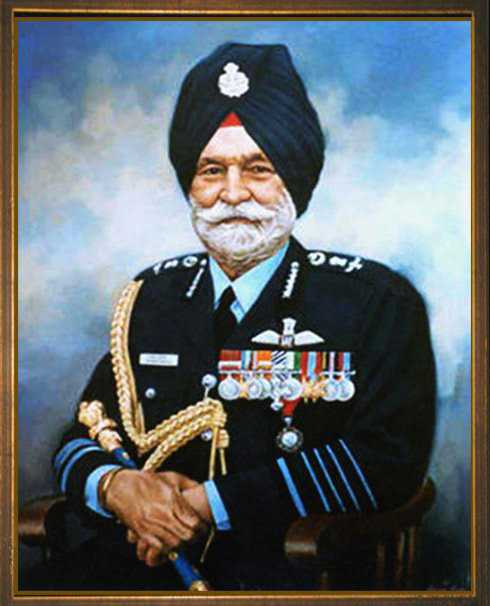Vijay Mohan
Tribune News Service
Chandigarh, October 8
Civilian officers in the Military Engineer Service (MES) have sought a separate and “full-time” head from amongst their own cadre in place of the Engineer-in-Chief at Army Headquarters.They have pointed towards a serious rift in the Army and civilian cadres that make up the officer strength of one of largest construction and maintenance agencies in India.The Engineer-in-Chief (E-in-C), at present, is head of the Army’s Corps of Engineers, a combat arm responsible for assisting formations in offensive and defensive operations, as well as the MES that is responsible for executing civil works like constructing buildings and structures in rear echelons. He also oversees the functioning of the Border Roads Organisation and the Married Accommodation Project.Dual role leading to problemsIn a meeting with Defence Minister Nirmala Sitharaman a few days ago, members of the Indian Defence Service of Engineers (IDSE) Association claimed that due to his dual role, the E-in-C is accountable neither to the Army or the Ministry of Defence in respect of the MES, which is an inter-service organisation under the ministry having an annual budget of Rs 14,000 crore. This is leading to several administrative problems.Some posts in the MES are tenable by officers drawn from the Corps of Engineers while others are manned by officers from IDSE, an organised Group-A service under the administrative control of the Ministry of Defence that comprises qualified engineers. Conflicts of interest between the two cadres have surfaced repeatedly.The association also pointed out that orders issued by the then Defence Minister over a year ago for creating three new posts of Additional Director General for the north, North-East and coast guard to expedite infrastructure projects have not made any headway.IDSE members have also urged the Defence Minister to implement the orders issued by the ministry in February 2016 on the recommendations of the Jaffa Committee that covered personnel issues, rationalisation of the MES structure, measures for improving time and cost operation and redeployment and training of staff.






















































































